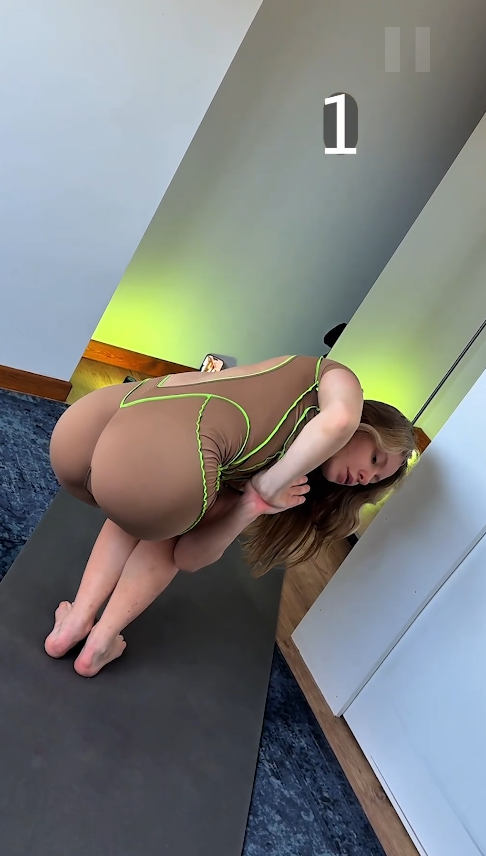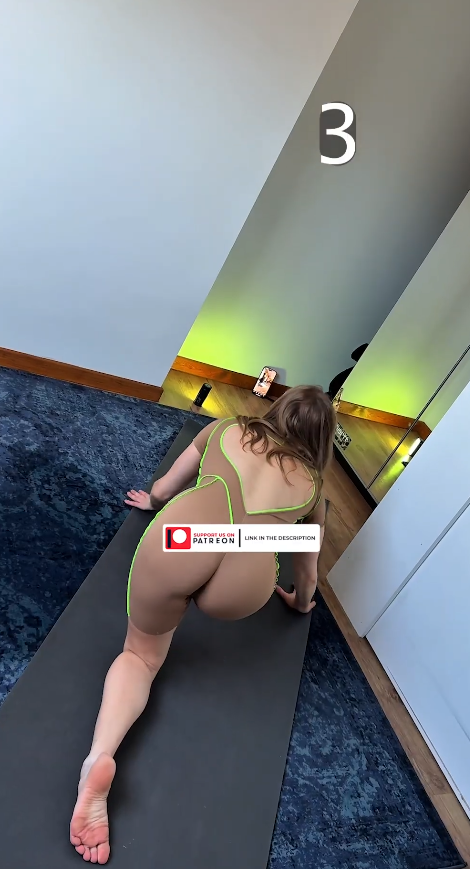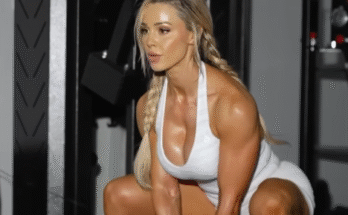Yoga is an ancient practice that has been around for thousands of years, helping people achieve physical, mental, and emotional well-being. For beginners, yoga can be an excellent way to improve flexibility, strength, and balance while also reducing stress. If you are new to yoga, this guide will introduce you to the basics of yoga and flexibility, providing you with the knowledge you need to begin your journey toward better health.

What is Yoga?
Yoga is a holistic practice that combines physical postures (asanas), breathing exercises (pranayama), and meditation. It originated in India over 5,000 years ago and has since evolved into many different styles and traditions. Yoga is more than just stretching; it is a practice that connects the mind and body, promoting overall wellness.
Benefits of Yoga for Flexibility
One of the most well-known benefits of yoga is its ability to improve flexibility. Flexibility is essential for daily activities, reducing the risk of injuries and improving posture. Here are some key benefits of yoga for flexibility:
- Increases Range of Motion – Regular yoga practice stretches and lengthens muscles, allowing for a greater range of motion in joints.
- Reduces Stiffness and Pain – Gentle yoga poses can help relieve muscle stiffness and joint pain, making movements more comfortable.
- Enhances Posture – Improved flexibility contributes to better posture, reducing strain on the back and shoulders.
- Supports Injury Prevention – Flexible muscles and joints are less prone to injury, which is particularly beneficial for athletes and active individuals.
- Promotes Relaxation – Stretching the muscles helps release tension, leading to a greater sense of relaxation and stress relief.

Getting Started with Yoga
If you are new to yoga, it’s essential to start slowly and choose beginner-friendly poses that help build flexibility and strength. Here are some steps to begin your yoga journey:
1. Choose the Right Yoga Style
There are many styles of yoga, each with different focuses and intensities. For beginners looking to improve flexibility, the following styles may be most beneficial:
- Hatha Yoga – A gentle, slow-paced style that focuses on basic poses and breathing techniques.
- Yin Yoga – Involves holding poses for extended periods, targeting deep connective tissues and increasing flexibility.
- Vinyasa Yoga – A dynamic style that links movement with breath, helping to improve mobility and flexibility.
- Restorative Yoga – Focuses on relaxation and passive stretching, ideal for reducing tension and enhancing flexibility.

2. Gather Essential Equipment
You don’t need much to get started with yoga, but having the right equipment can enhance your experience. Consider the following:
- Yoga Mat – Provides cushioning and grip for safe practice.
- Comfortable Clothing – Wear stretchy, breathable fabrics that allow for movement.
- Yoga Blocks – Help modify poses and provide support.
- Straps – Assist with deep stretches and improve flexibility.
- Water Bottle – Stay hydrated during your practice.

3. Learn Basic Yoga Poses
Practicing fundamental poses is essential for building flexibility and familiarity with yoga. Here are some beginner-friendly poses that focus on stretching and flexibility:
- Downward Dog (Adho Mukha Svanasana) – Stretches the hamstrings, calves, and shoulders.
- Child’s Pose (Balasana) – Gently stretches the lower back, hips, and thighs.
- Cat-Cow Pose (Marjaryasana-Bitilasana) – Improves spine mobility and warms up the body.
- Seated Forward Bend (Paschimottanasana) – Stretches the hamstrings, lower back, and calves.
- Butterfly Pose (Baddha Konasana) – Opens the hips and improves flexibility in the groin and inner thighs.
- Cobra Pose (Bhujangasana) – Stretches the chest, shoulders, and abdominal muscles.
- Triangle Pose (Trikonasana) – Enhances flexibility in the legs, spine, and shoulders.

4. Focus on Proper Breathing
Breathing plays a vital role in yoga practice. Deep, controlled breathing helps enhance flexibility by relaxing the muscles and allowing for deeper stretches. Try these breathing techniques:
- Diaphragmatic Breathing – Inhale deeply through the nose, expanding the belly, and exhale slowly.
- Ujjayi Breathing – A slight constriction in the throat creates a soothing sound, helping with concentration and relaxation.
5. Start with Short Sessions
Beginners should start with short yoga sessions, around 10-15 minutes, and gradually increase the duration as flexibility improves. Consistency is key—practicing yoga at least three times a week will yield noticeable results.


Tips for Improving Flexibility Through Yoga
Improving flexibility takes time and patience. Here are some tips to help you progress safely:
- Warm Up First – Always start with gentle movements to prepare the body.
- Hold Poses Longer – Gradually increase the duration of each pose to deepen the stretch.
- Use Props – Blocks and straps can help modify poses and make stretching more accessible.
- Practice Regularly – Flexibility improves with consistent practice; aim for at least three sessions per week.
- Listen to Your Body – Never force a stretch or push beyond your limits.
- Stay Hydrated – Drinking water helps keep muscles and joints lubricated.
- Incorporate Relaxation – End each session with a relaxation pose like Savasana (Corpse Pose) to allow the body to absorb the benefits.

Common Mistakes to Avoid
Many beginners make mistakes that can lead to discomfort or injury. Here are some common pitfalls to avoid:
- Skipping Warm-Ups – Stretching cold muscles can lead to injury.
- Holding the Breath – Breathing deeply helps the body relax into stretches.
- Overstretching – Forcing a stretch can cause strain; progress gradually.
- Comparing Yourself to Others – Yoga is a personal journey; focus on your own progress.
- Being Inconsistent – Regular practice is necessary to see improvements in flexibility.
Conclusion
Yoga is a fantastic practice for improving flexibility, promoting relaxation, and enhancing overall well-being. Whether you are looking to ease stiffness, improve mobility, or find a new way to reduce stress, yoga offers something for everyone. By choosing the right style, practicing basic poses, focusing on breathing, and maintaining consistency, beginners can build flexibility safely and effectively.
With patience and dedication, you will start to notice improvements in your flexibility, strength, and overall health. Embrace the journey, enjoy the process, and let yoga become a positive part of your daily routine. Happy stretching!



